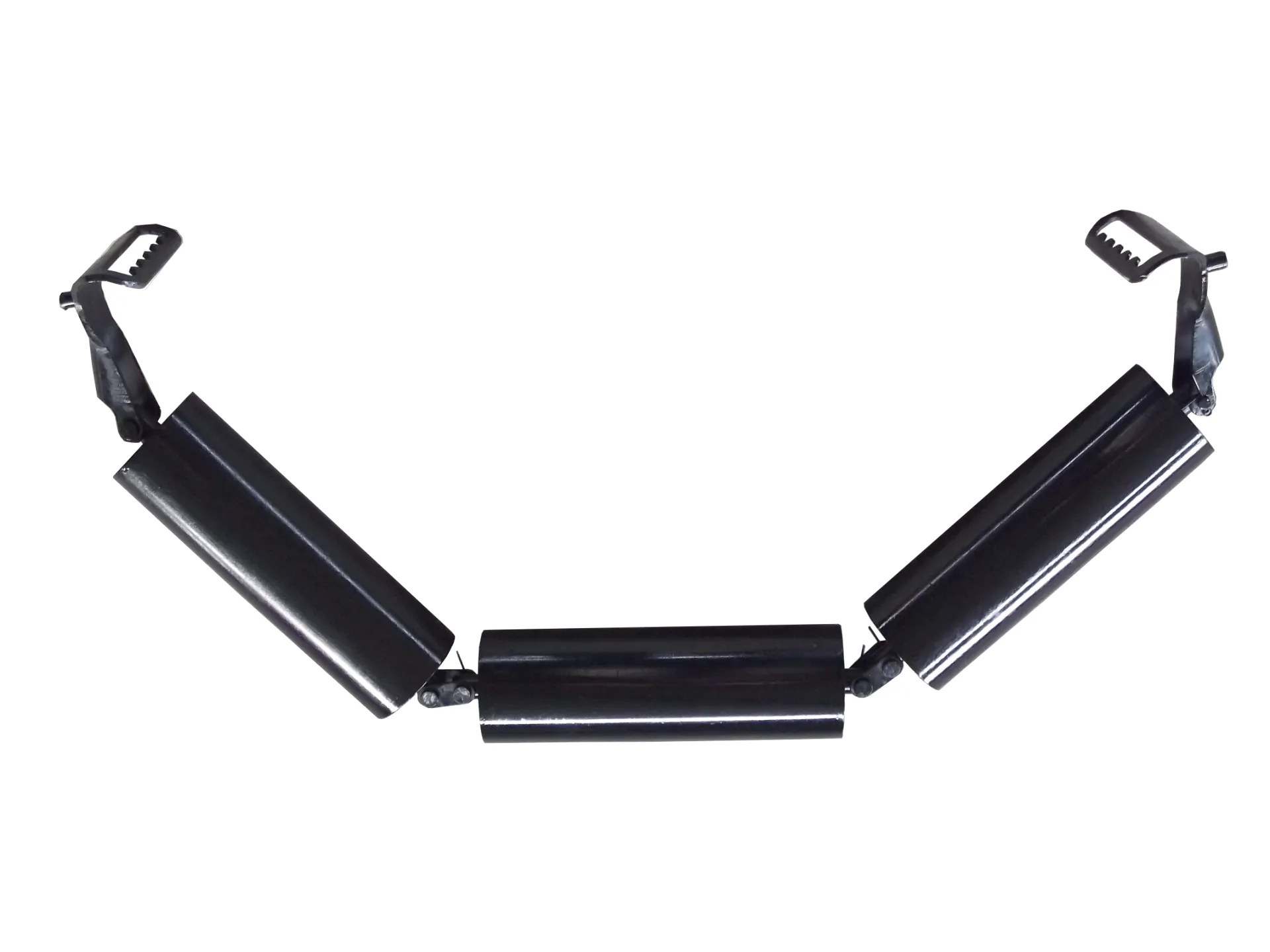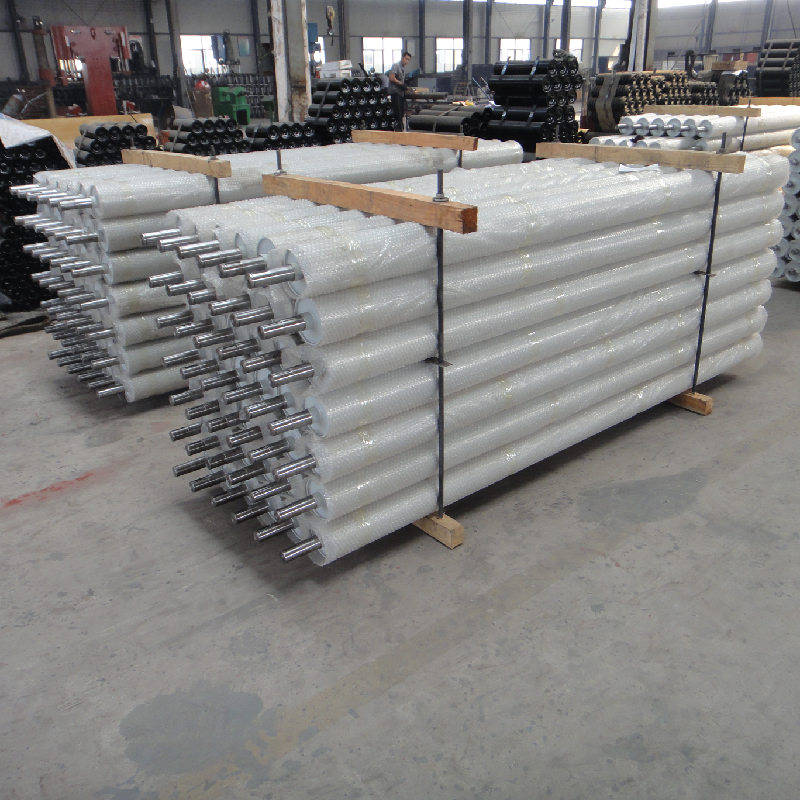 Afrikaans
Afrikaans  Albanian
Albanian  Amharic
Amharic  Arabic
Arabic  Armenian
Armenian  Azerbaijani
Azerbaijani  Basque
Basque  Belarusian
Belarusian  Bengali
Bengali  Bosnian
Bosnian  Bulgarian
Bulgarian  Catalan
Catalan  Cebuano
Cebuano  Corsican
Corsican  Croatian
Croatian  Czech
Czech  Danish
Danish  Dutch
Dutch  English
English  Esperanto
Esperanto  Estonian
Estonian  Finnish
Finnish  French
French  Frisian
Frisian  Galician
Galician  Georgian
Georgian  German
German  Greek
Greek  Gujarati
Gujarati  Haitian Creole
Haitian Creole  hausa
hausa  hawaiian
hawaiian  Hebrew
Hebrew  Hindi
Hindi  Miao
Miao  Hungarian
Hungarian  Icelandic
Icelandic  igbo
igbo  Indonesian
Indonesian  irish
irish  Italian
Italian  Japanese
Japanese  Javanese
Javanese  Kannada
Kannada  kazakh
kazakh  Khmer
Khmer  Rwandese
Rwandese  Korean
Korean  Kurdish
Kurdish  Kyrgyz
Kyrgyz  Lao
Lao  Latin
Latin  Latvian
Latvian  Lithuanian
Lithuanian  Luxembourgish
Luxembourgish  Macedonian
Macedonian  Malgashi
Malgashi  Malay
Malay  Malayalam
Malayalam  Maltese
Maltese  Maori
Maori  Marathi
Marathi  Mongolian
Mongolian  Myanmar
Myanmar  Nepali
Nepali  Norwegian
Norwegian  Norwegian
Norwegian  Occitan
Occitan  Pashto
Pashto  Persian
Persian  Polish
Polish  Portuguese
Portuguese  Punjabi
Punjabi  Romanian
Romanian  Russian
Russian  Samoan
Samoan  Scottish Gaelic
Scottish Gaelic  Serbian
Serbian  Sesotho
Sesotho  Shona
Shona  Sindhi
Sindhi  Sinhala
Sinhala  Slovak
Slovak  Slovenian
Slovenian  Somali
Somali  Spanish
Spanish  Sundanese
Sundanese  Swahili
Swahili  Swedish
Swedish  Tagalog
Tagalog  Tajik
Tajik  Tamil
Tamil  Tatar
Tatar  Telugu
Telugu  Thai
Thai  Turkish
Turkish  Turkmen
Turkmen  Ukrainian
Ukrainian  Urdu
Urdu  Uighur
Uighur  Uzbek
Uzbek  Vietnamese
Vietnamese  Welsh
Welsh  Bantu
Bantu  Yiddish
Yiddish  Yoruba
Yoruba  Zulu
Zulu Jan . 20, 2025 05:26
Back to list
snub pulley is used in a belt conveyor
In the realm of material handling and conveyor systems, the term snub pulley often appears in conversations, yet its significance may not be immediately apparent to all. As someone with extensive experience in conveyor systems, understanding the role of a snub pulley is essential for optimizing belt conveyor design and operation.
The significance of snub pulleys extends beyond their mechanical function. Their inclusion in a conveyor system can lead to improved energy efficiency. By optimizing the belt's contact with the drive pulley, snub pulleys can reduce energy loss within the system, leading to cost savings on energy bills without compromising performance. When it comes to recommendations, a thorough understanding of the specific needs and characteristics of the conveyor system is imperative. Consulting with manufacturers and industry experts can provide insights into the most suitable snub pulley configurations. Such consultations ensure that the selected products align with the desired operational outcomes, enhancing the overall effectiveness of the belt conveyor. In terms of authoritative advice, industry standards and best practices should be followed to ensure the safe integration of snub pulleys. Professionals should monitor belt tension regularly and adjust the pulley arrangements as necessary to prevent undue stress on the system. Trustworthiness in the industry is built upon rigorous adherence to safety standards and the consistent delivery of high-quality operations. In conclusion, the snub pulley is a deceptively simple yet fundamentally important component in belt conveyors. Its role in improving traction and enhancing efficiency in conveying systems cannot be overstated. Companies aiming to optimize their conveyor system performance must recognize the value of snub pulleys and incorporate them wisely into their designs, aligning with industry standards and expert guidance to achieve seamless and cost-effective operations.


The significance of snub pulleys extends beyond their mechanical function. Their inclusion in a conveyor system can lead to improved energy efficiency. By optimizing the belt's contact with the drive pulley, snub pulleys can reduce energy loss within the system, leading to cost savings on energy bills without compromising performance. When it comes to recommendations, a thorough understanding of the specific needs and characteristics of the conveyor system is imperative. Consulting with manufacturers and industry experts can provide insights into the most suitable snub pulley configurations. Such consultations ensure that the selected products align with the desired operational outcomes, enhancing the overall effectiveness of the belt conveyor. In terms of authoritative advice, industry standards and best practices should be followed to ensure the safe integration of snub pulleys. Professionals should monitor belt tension regularly and adjust the pulley arrangements as necessary to prevent undue stress on the system. Trustworthiness in the industry is built upon rigorous adherence to safety standards and the consistent delivery of high-quality operations. In conclusion, the snub pulley is a deceptively simple yet fundamentally important component in belt conveyors. Its role in improving traction and enhancing efficiency in conveying systems cannot be overstated. Companies aiming to optimize their conveyor system performance must recognize the value of snub pulleys and incorporate them wisely into their designs, aligning with industry standards and expert guidance to achieve seamless and cost-effective operations.
Next:
Latest news
-
Revolutionizing Conveyor Reliability with Advanced Rubber Lagging PulleysNewsJul.22,2025
-
Powering Precision and Durability with Expert Manufacturers of Conveyor ComponentsNewsJul.22,2025
-
Optimizing Conveyor Systems with Advanced Conveyor AccessoriesNewsJul.22,2025
-
Maximize Conveyor Efficiency with Quality Conveyor Idler PulleysNewsJul.22,2025
-
Future-Proof Your Conveyor System with High-Performance Polyurethane RollerNewsJul.22,2025
-
Driving Efficiency Forward with Quality Idlers and RollersNewsJul.22,2025
OUR PRODUCTS





























